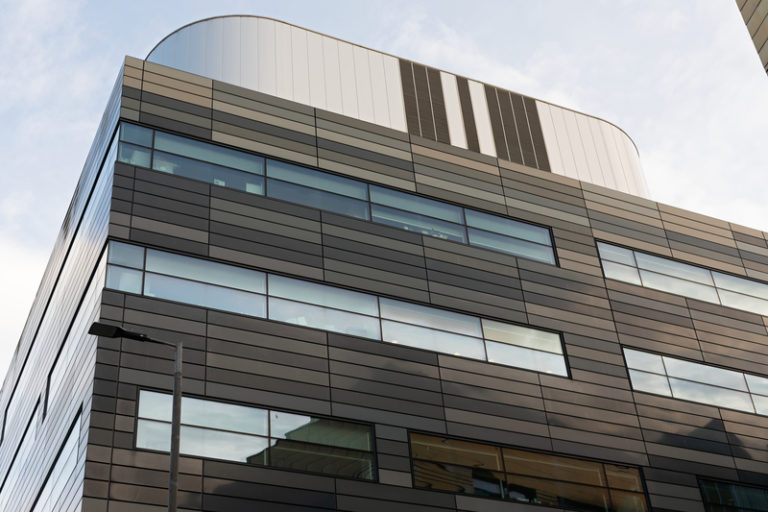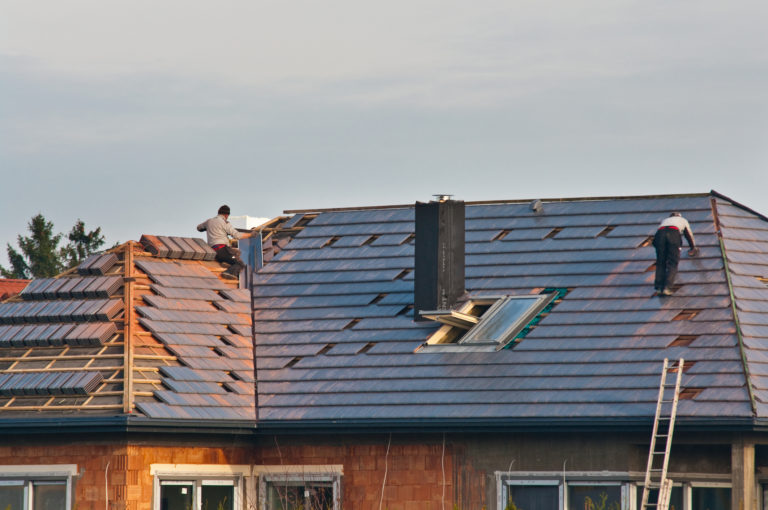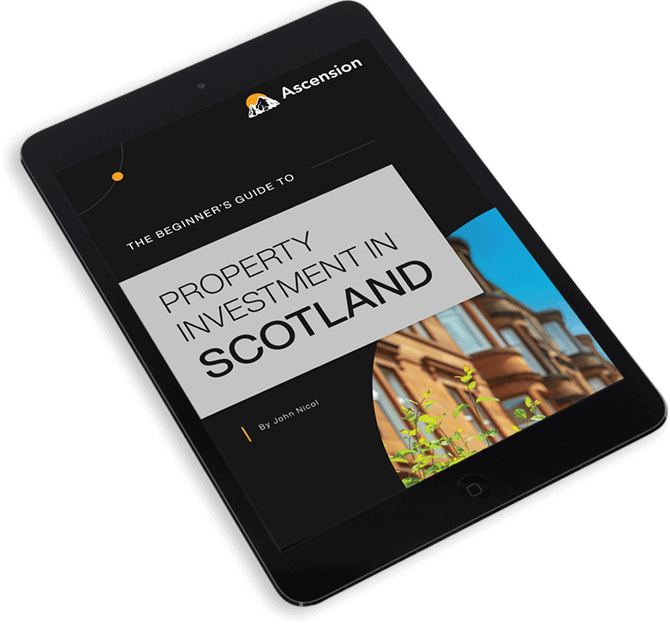Wondering how much it’s going to cost to invest in property?
In these times of high inflation, many people are turning to property investment as a way to safeguard their money.
As a property sourcing professional, I understand it can be a difficult subject to find answers for, especially in clear language.
With that in mind I’ve decided to tackle a question that usually comes up early on in my conversations with clients, and that’s how much it costs to invest in property.
Before we start talking actual figures, it makes sense to think about your investment strategies, so that you can manage expectations and make sure that you have enough capital for your preferred option.
In case you’re wondering what I mean by investment strategy, I’m going to talk about that below. In my examples, there are several factors that influence how much it’ll cost to invest in property, so I’ll be explaining those too.
PLEASE NOTE: I am not a financial adviser, and the figures mentioned are estimates only. The information in this blog is for guidance only, and you should always seek independent advice before proceeding with an investment.
What are the costs involved when investing?
Below I’m going to talk about the different costs to give you an idea of what they are and the typical amount you have to pay.
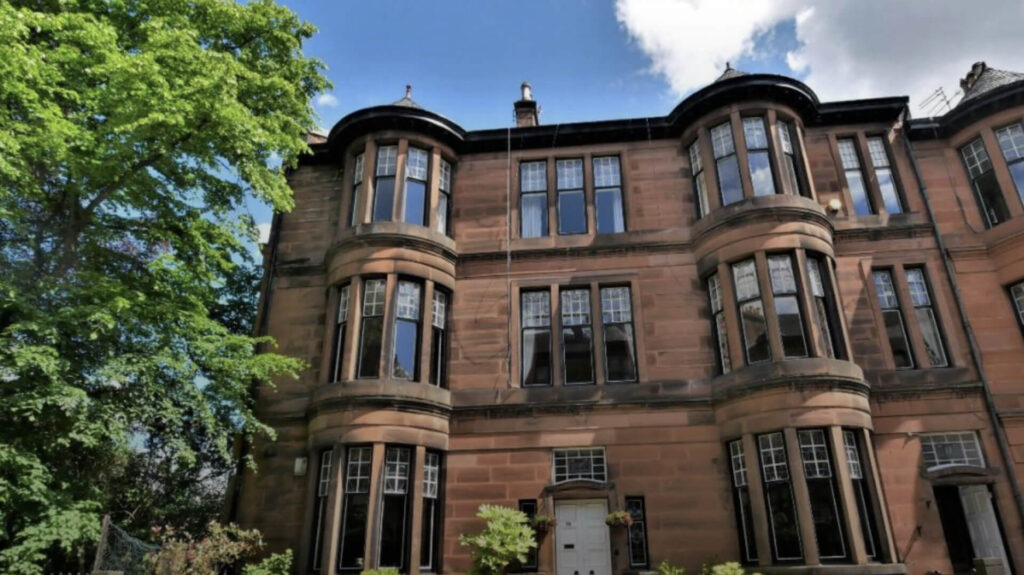
Deposit
Your deposit amount is typically 25% of the purchase price of the property and is paid to the lender (usually the bank)
Legal fees
These are the costs for conveyancing and any other legal arrangements you may need to make, such as the second charge in assisted sale cases.
Insurance
Landlord and buildings insurance is essential when investing in property. You will be covered as a landlord and in case of anything happening while the building is vacant.
LBTT
Land and Buildings Transaction Tax is charged on properties over £145,000. The rates increase as the property value rises, so always factor this into your budget.
ADS
The Additional Dwelling Supplement is a further fee levied as part of the LBTT and is usually charged at 4% of the property purchase cost.
Refurbishment costs
Usual reburbishment costs include a new bathroom and/or kitchen, and whatever is needed to get the property to walk-in condition.
Letting agency fees
Letting agents usually charge 10% of your monthly rent, but can be as much as 12%
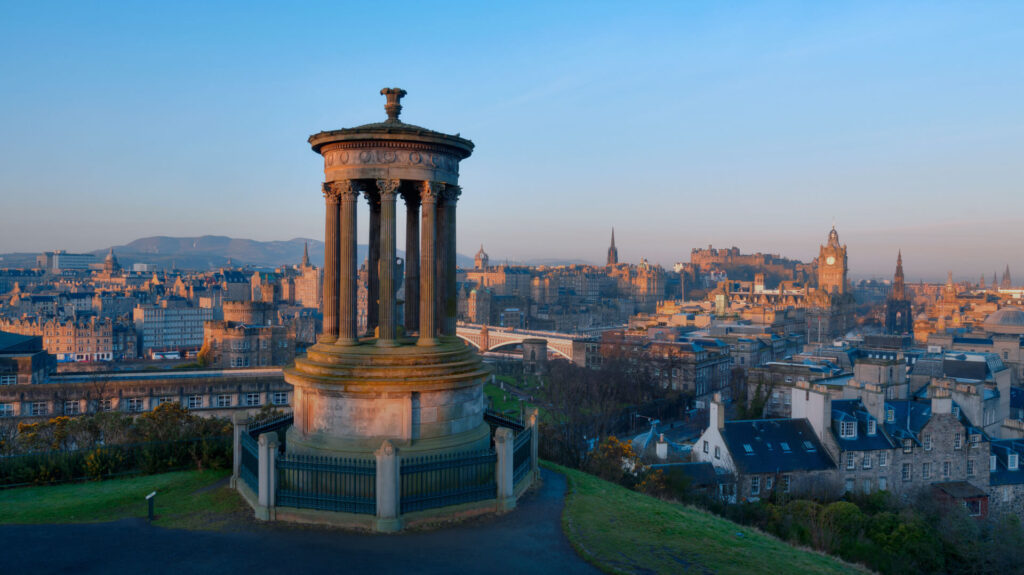
How much does it cost to invest in property?
When asking how much it’s going to cost to invest in property, it’s a bit like asking ‘how long is a piece of string?’. This will really depend on multiple different factors, such as the type of property, location of your property, and the type of strategy you decide is right for you.
However, there are certain costs you need to consider (such as ADS – don’t let that one catch you out!) for each strategy, which is why I’ve provided detailed real-world examples of each breakdown below.
Property investment strategies (real-world breakdowns)
Below are some real-world examples of the typical costs you can expect when buying an investment property, depending on which strategy you choose.
Buy-to-let (BTL)
If you’re considering a buy-to-let strategy, it helps to have a clear understanding of the criteria; the area you are looking to purchase in, and the kind of property you want.
This criteria will then help determine the purchase price and associated fees.
You’ll also need an area of high rental demand in order to secure a good yield. On average, you would be asked to pay a minimum 25% of the property purchase price as a deposit, let’s say a minimum £45 – 50,000 for a two-bedroom flat.
Legal fees could add a further £1000, and insurance will be needed while the building is vacant or being worked on, which could also be as much as £1000. Then you should factor in the refurb costs, typically a new bathroom and kitchen.
In the current climate you could reasonably expect to pay a total of £14,000 for the refurbishment costs (and yes, these have risen during the unprecedented times we are living in) and finally, the Additional Dwelling Supplement (ADS)
The ADS will be 4% of the total purchase price of any additional dwelling that you own with a purchase price of £40,000 or more, so on a two-bedroom flat costing £250,000, this would be a further £10,000.
Let’s add that up. (Remember, these figures are approximate and for guidance only).
- Deposit: £55,000
- Legal fees: £1,000
- LBTT: £5000
- ADS: £10,000
- Insurance: £1,000
- Letting agency fees: 10% of rental income (assuming rent of £850 pcm) £85
- Refurbishment costs: Starting from £14,000
Total: £86,085
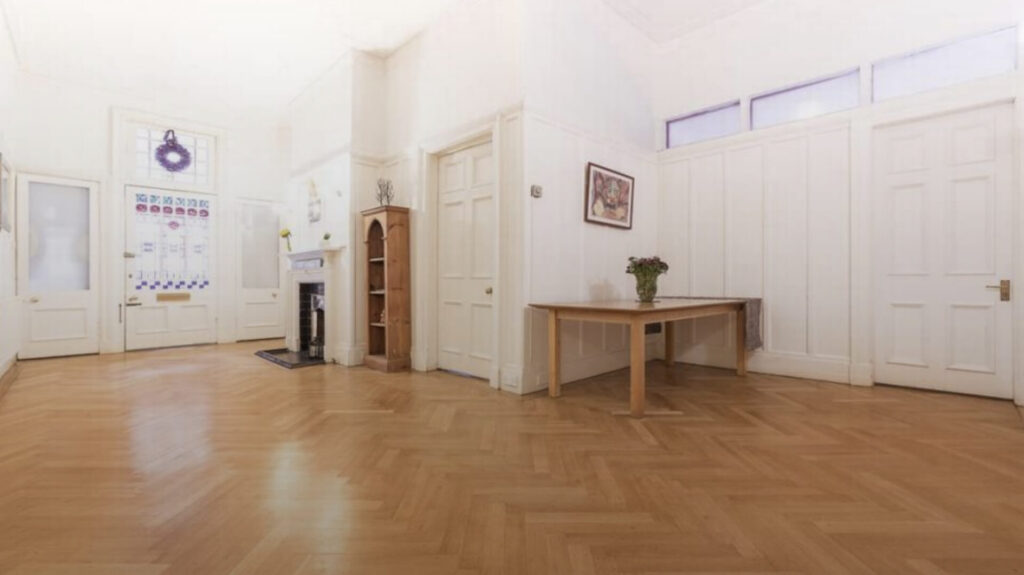
Buy-to-flip (BTF)
When you buy a property to flip, there will be similar costs to BTL, but it’s important to note that refurbishment costs will be higher because you are aiming to sell to a buyer who will treat that property as their home.
For this reason, you’ll want to go the extra mile and make the property as appealing as possible and pay attention to details such as finishes and trim.
Whereas a typical buy-to-let refurbishment wouldn’t include coving, a BTF will ideally include this and more; for example, specially chosen tiles in the bathroom and kitchen, a more premium set of taps in both, and less generic, more stylish radiators.
How quickly your house will sell depends on how much it can stand out from the crowd, so taking the extra time to choose wisely and spending will really pay off. Exact figures are hard to guess but budgeting an extra £5,000 minimum is a good starting point.
- Deposit: £55,000
- Legal fees: £1000
- Insurance: £1000
- Estate agent fees: £3000
- Refurbishment costs: Starting from £20,000
- LBTT: £5000
- ADS: £10,000
Total: £95,000
Buy, refurbish, rent, refinance (BRRR)
BRRR is one of the best ways to ensure that your money works hard for you. It works on the same principle as BTL, except that after a reasonable period for allowing the capital to appreciate, you then refinance.
The key is to leave at least 10% of the value to guard against negative equity. Then you can continue to enjoy the income knowing that your money is working hard for you.
While the property is being marketed, you’ll ensure that a trusted letting agent is finding the best tenant for you, so that when the property is ready, you can proceed without a void period.
Work out your rental amount, and after about eight months, borrow against the capital appreciation of the property with an interest-only mortgage.
This capital appreciation is not guaranteed, but with inflation nudging 10%, it should be easier to borrow against the property you already have.
- Deposit: £55,000
- Legal fees: £2,000
- Insurance: £1,000
- Letting agency fees: 10% of rental income (assuming rent of £850 pcm) £85
- Refurbishment costs: Starting from £14,000
- LBTT: £5,000
- ADS: £10,000
Total: £87,085
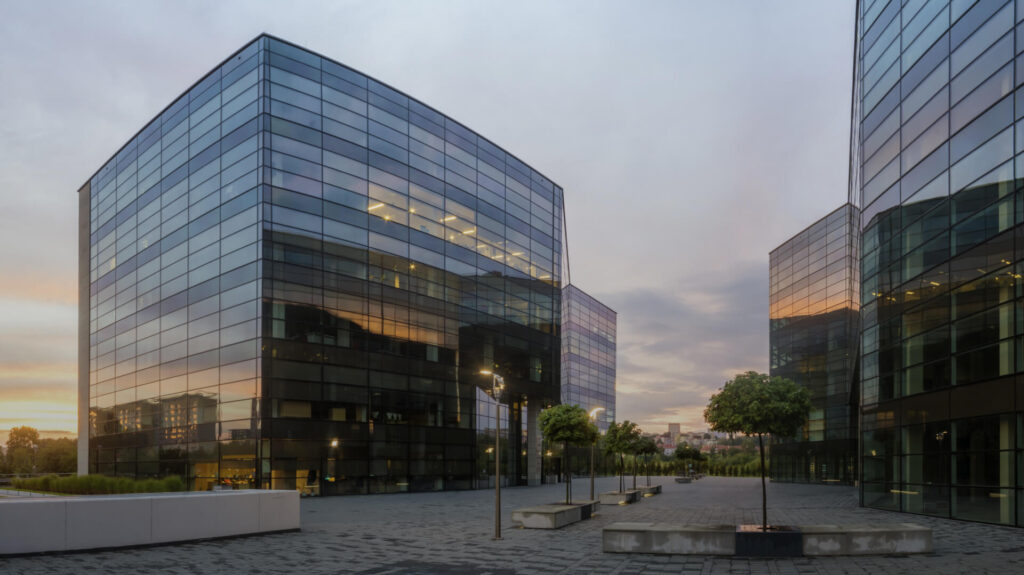
Assisted sales
With an assisted sale, you (as the investor) are helping the motivated seller get their property up to a standard where it can more easily sell, and for a better return that would be possible without refurbishment.
To determine if the property is suitable for assisted sale, you will need a mortgage redemption certificate to understand how much equity is left in the property and a letter from the motivated seller confirming that you are now authorised to sell the property.
In most cases the motivated seller’s property will be mortgaged, so you then would place a second charge on the property as insurance against further borrowing.
As in all these scenarios, the exact figure you would reasonably expect to invest will vary depending on the property’s value, but for the purposes of this article, £20,000 as a minimum would be a good starting point.
- Initial investment: £20,000
- Sourcing fee (if applicable): £3,000
- Legal fees for arranging second charge: £250
Total: £23,750
Advice from a property professional
If you’ve built up some capital and are looking for a way to invest in property, then examining what strategy works best for you is the next step. After that, make sure that you do your due diligence when choosing a property investor; this will pay off.
Your property investment company should be open, honest and transparent. They should listen to your requirements and act in your best interests.
In the ‘assisted sale’ strategy, for example, a smaller investment can be repeated until you have enough capital for deposit on your first buy-to-let. This strategy works if you have a slightly lower risk appetite and would initially prefer to invest a smaller amount.
Maybe you don’t actually want to own a property, for example, and you like the idea of being able to help a motivated seller, then the assisted sale strategy could work well for you.
The main thing to remember is that however you choose to invest, your money will be working harder than if it were just sitting in a bank, especially with the current cost-of-living situation.
In summary…
Thanks for stopping by. I hope this blog has been helpful in giving some idea of the typical cost to invest in property.
I get that it can be a bit of a confusing subject with too many options and sometimes difficult to know where to start.
Hopefully you’re now feeling a bit more informed about the different property investment strategies, but if you have any questions please feel free to get in touch.
I’m always happy to chat and help you explore your options.

Written by John Nicol, Founder of Ascension Property Investments
Get in touch on 07939135125 or email [email protected]

